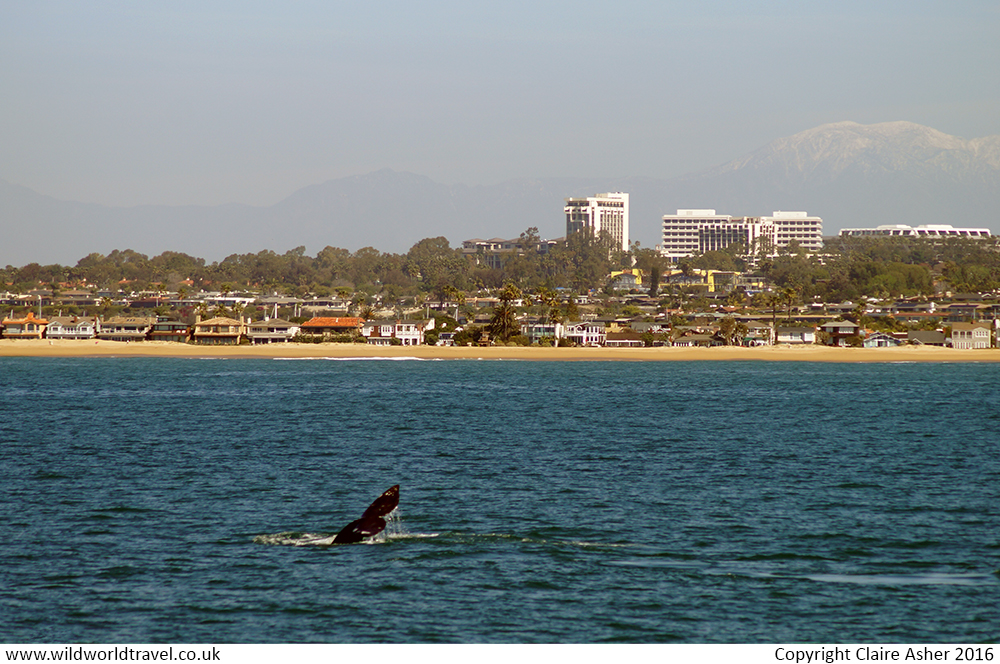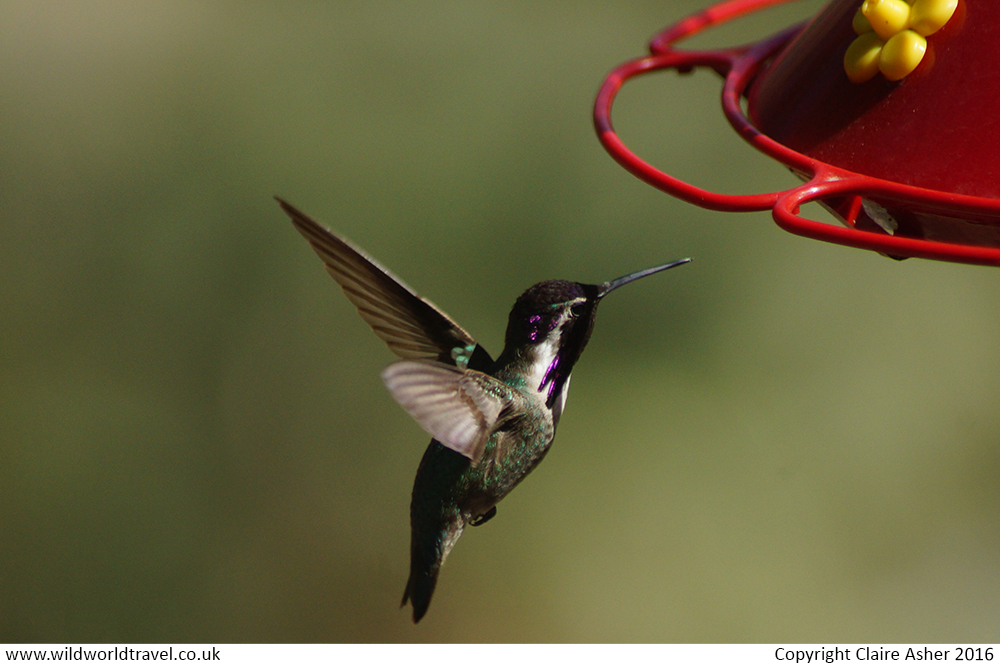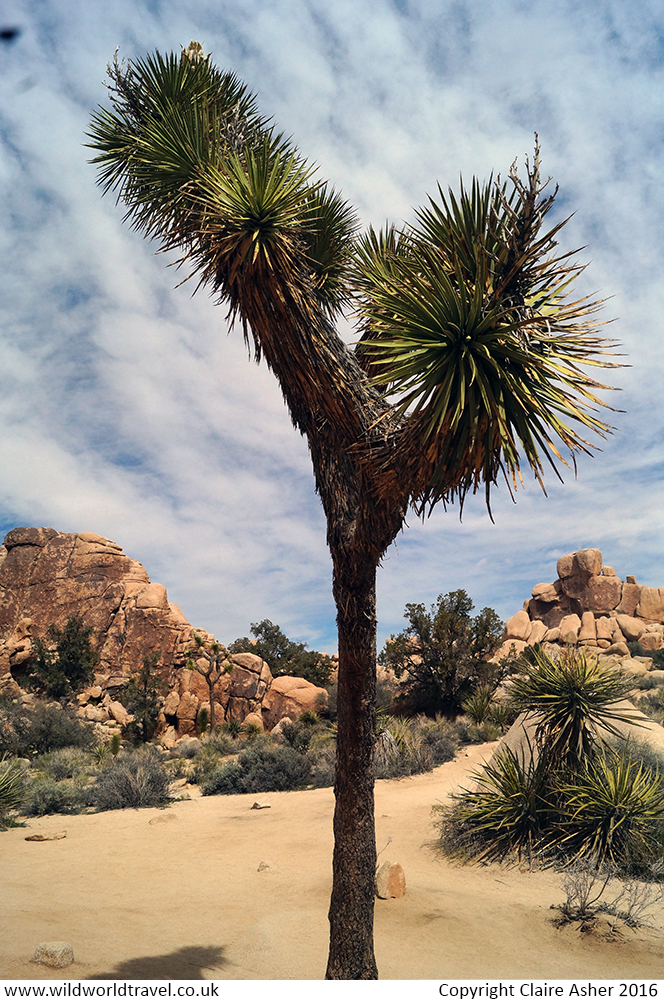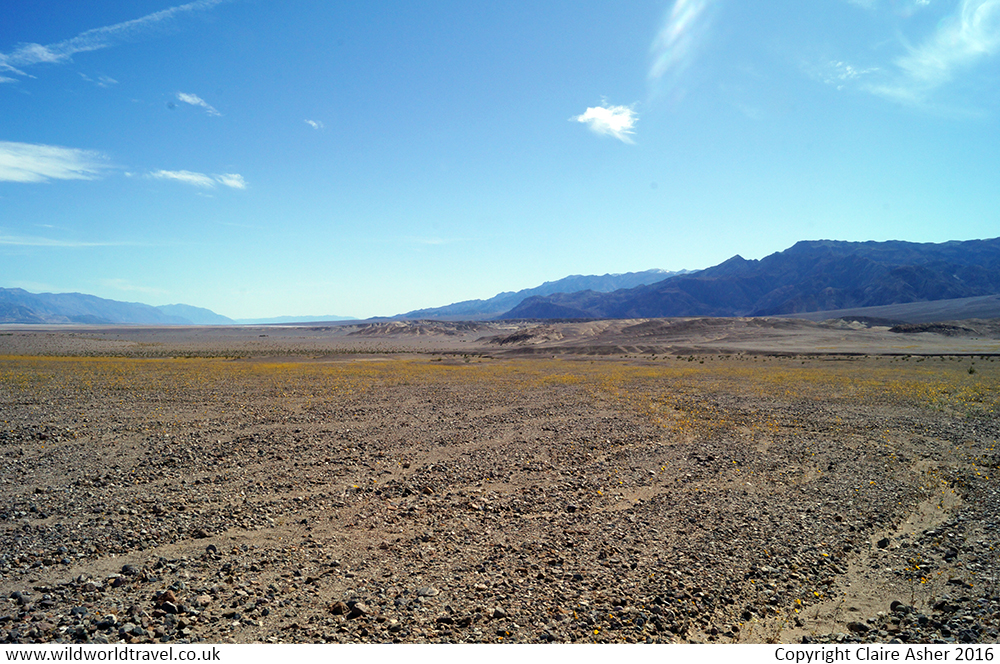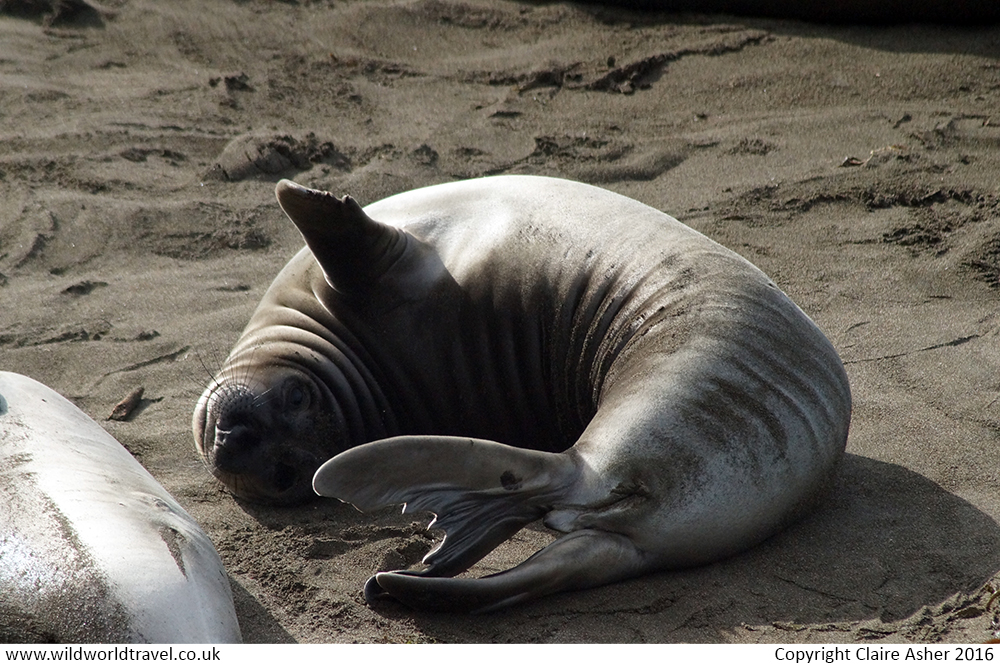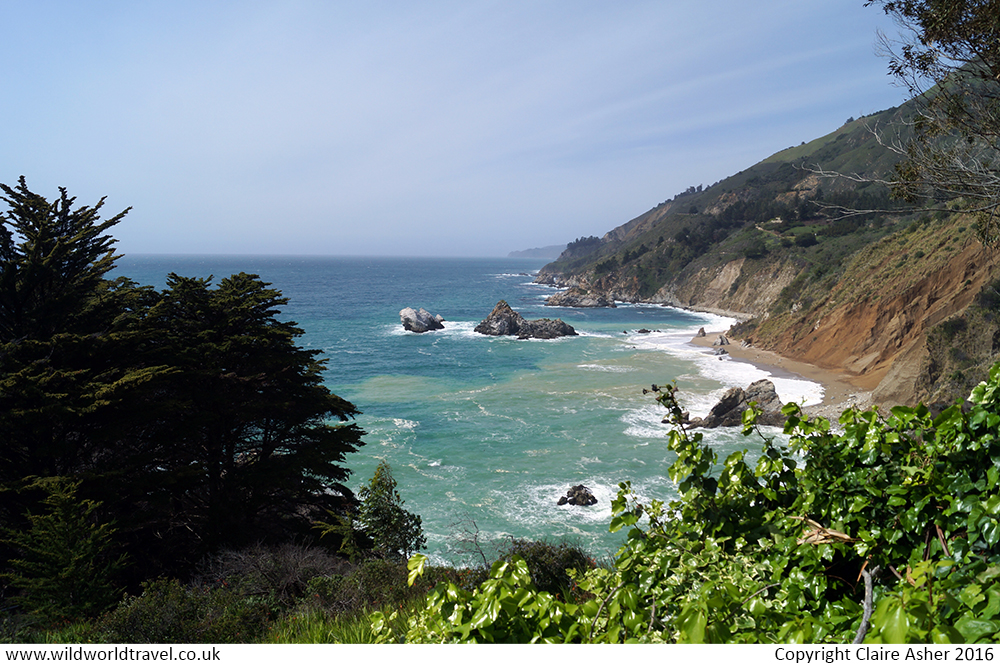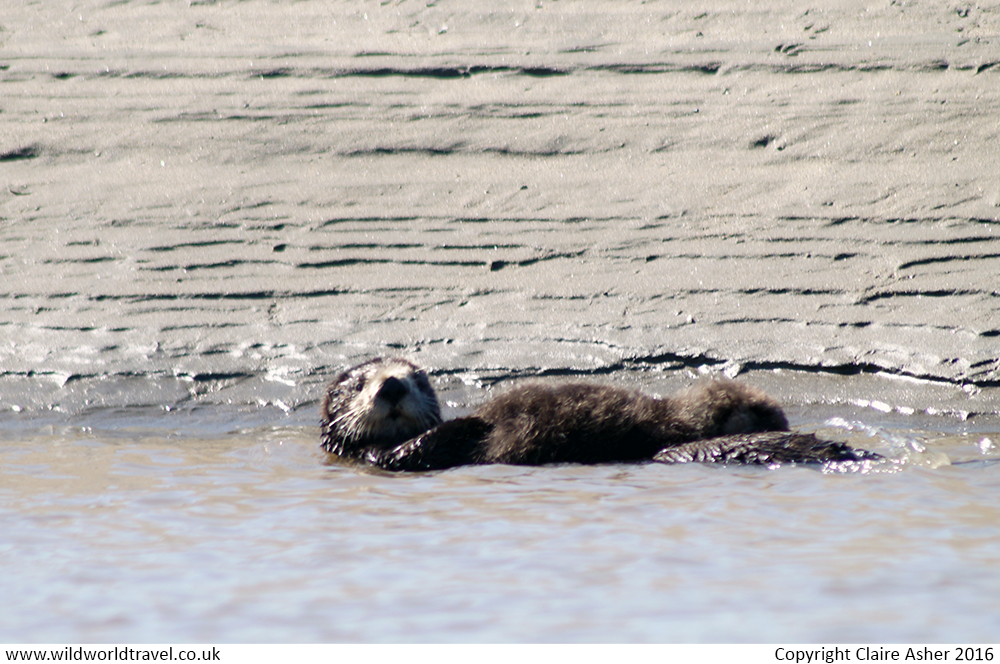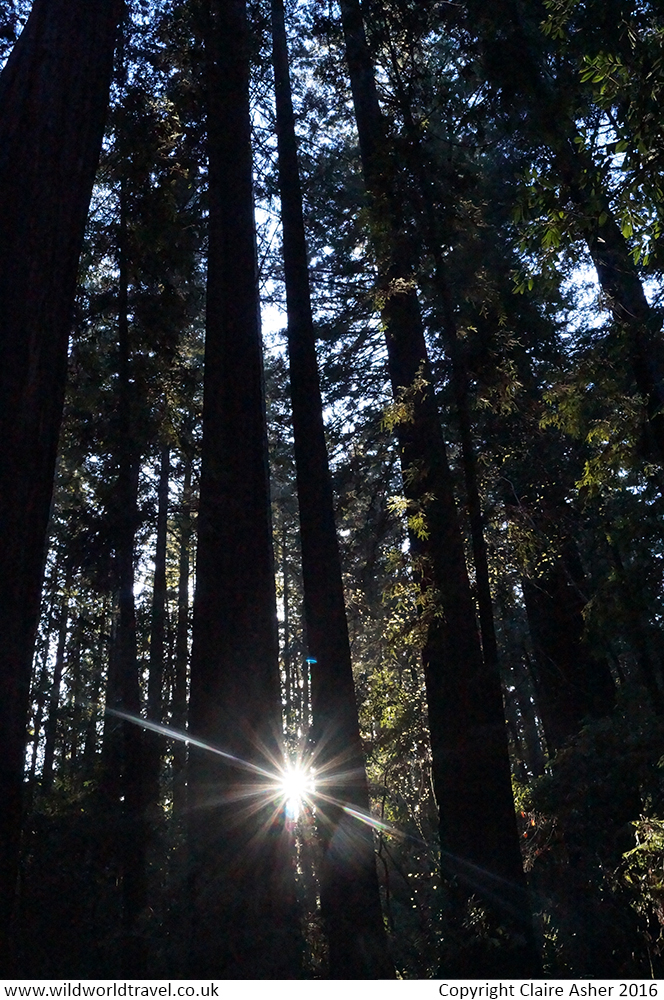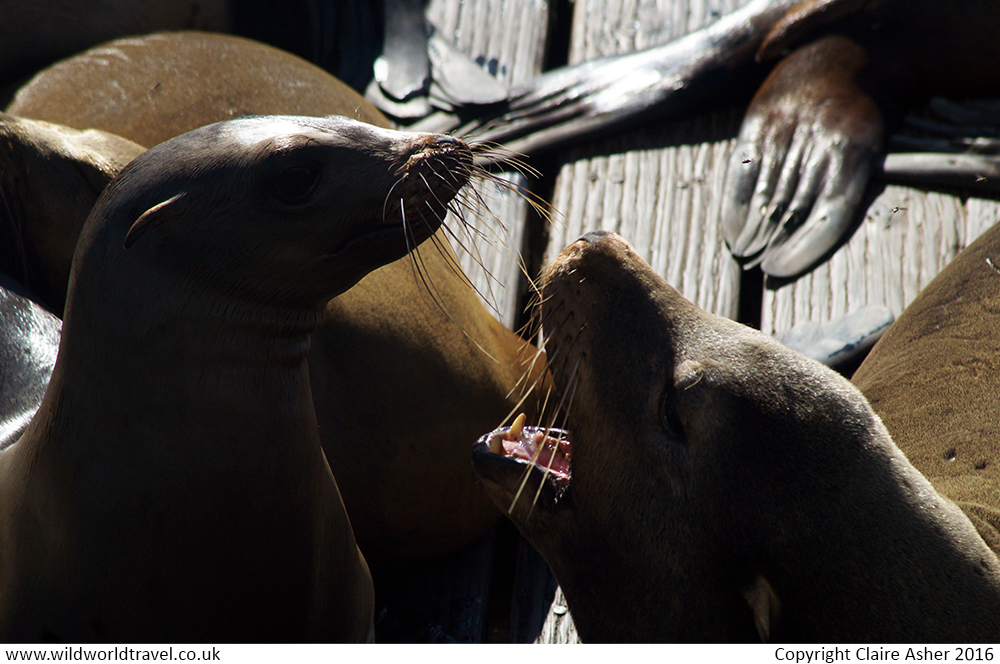The incredible biodiversity of California
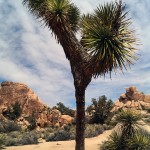
California is a place of huge variety and incredible adaptation – from Whales and Sea Lions to soaring Condors and giant Redwoods, there truly is something here for everyone. Last year I spent a whirlwind 10 days travelling across California with a group of scientists – here are my favourite wildlife and biodiversity highlights of the trip.
-
Whale Watching in New Port
-
Extinct Biodiversity at La Brea Tarpits
-
Hummingbirds in Palm Canyon
-
Joshua Tree National Park
-
Superbloom in Death Valley
-
Elephant Seals at San Simeon
-
California Condors at Big Sur
-
Sea Otters in Monterey
-
Coastal Redwoods at Henry Cowell
-
Sea Lions at Pier 39
As soon as you arrive in LA, wildlife is right on your doorstep. As a gentle introduction, on our first jet-lagged day in the US, we took a morning whale watching trip from New Port Pier. It was a 3-hour excursion with an enthusiastic and informative narrative from the boat’s Captain. We saw Dolphins, False Killer Whales and Sea Lions, although unfortunately sea sickness got the better of me and I didn’t enjoy the trip as much as I could have.
Just outside LA is the famous La Brea Tarpits Museum. These naturally occurring tar pits have been here for millions of years, trapping all manor of creatures from mice to Wooly Mammoths. You can see some ‘live’ tar pits in action today, although the real highlight is the museum.
The collection of specimens, mostly from the last Ice Age – the era of Sabretooths, Dire Wolves and Wooly Mammoths – is truly impressive. The dire wolf wall alone represents only a fraction of their collection but is a fascinating display for anyone interested in past lives and evolution.
The animals might be extinct, but a visit to the La Brea tar pits is truly worth your time.
Our next location was Palm Springs, an ideal spot nestled between the biodiverse Palm Canyon and the dramatic alpine gradient of Mount San Jacinto. In Palm Canyon you can see the hummingbirds without hardly needing to leave the car park – they are frequent visitors to the nectar dispensers set up around the visitor centre and it’s possible to see several different species including Rufus Hummingbird and Costa’s hummingbird.
Joshua Tree NP is a surreal, other-worldly environment, not to be missed on any trip to California. This sparse landscape is smattered with the bizarre Joshua Trees, viscous cacti and strange piles of boulders that resemble giant cairns.
Desert wildlife here includes plenty of lizards (best seen basking in the early morning), insects and birds (including the infamous Road Runner). Less visible, although important parts of the ecosystem, Joshua tree is also home to Coyotes and Mountain Lions.
Once every seven or eight years, El Nino brings rains to one of the driest places on Earth, Death Valley. Here, millions of flowering plants are lying dormant as seeds just below the surface of the soil, waiting for this rare event to trigger their germination. We were incredibly lucky to visit Death Valley in 2016 during one of these rare ‘superblooms’. Other biodiversity to be spotted in this hostile environment include the remarkable pup fish, which has adapted to the increasingly hot, saline environment of the few remaining water bodies in Death Valley.
If you want to see a dramatic example of sexual selection in action, or just want to witness one of the most extreme and bizarre animals in the wild – San Simeon is the place for you. Here, male and female elephant seals can be seen lying on the beach, and at the right time of year males can be seen engaging in violent battles to secure a hareem of females.
California Condors can be quite difficult to spot, but their small population is slowly rebounding after intensive conservation efforts, so your chances are getting better every year! The amazing California Condor has a windspan of 3m and can weight up to 12kg! Keep your eyes peeled and your binoculars at the ready and you might just spot North America’s largest land bird soaring above the trees at Big Sur.
Monterey is a fantastic place to visit for wildlife and nature lovers. Monterey bay is spectacular and frequented by a huge range of marine life from sea birds to whales and dolphins. The easiest way to get even closer to the marine life of Monterey is to visit the Monterey Bay Aquarium, which is truly one of the most amazing experiences. I’m not always the biggest fan of animals in captivity, but this aquarium is so exquisitely well-designed, giving the animals an enriching and above all else, expansive, environment to live in, and providing a remarkable experience for visitors. I cannot recommend this aquarium enough. Highlights include – a kelp forest exhibit including sea otters, sharks and shoals of fish and an amazing cephalopod exhibition.
If you want an even closer encounter with some of California’s wildlife, you can take a number of activities from Moss Landing, just north of Monterey. Here activities on offer include sea kayaking with otters and whale watching. The kayaking with sea otters, offered by Kayak Connection, is an unforgettable experience, made even better by the expertise and enthusiasm of the staff. Whale watching from Moss Landing is, I understand, a once in a lifetime experience, unfortunately my sea sickness kept me from joining in on that excursion.
A trip to California wouldn’t be complete without the sight of a redwood. At Henry Cowell you can walk amongst (and even through!) the impressive coastal redwoods that tower over 100m above you. This is a wonderful serene place to take a short walk, keeping an eye out for the park’s mascot species – the bright yellow banana slug.
From the visitors centre, a loop track through the redwoods takes about an hour – depending on how many times you stop to take photos or climb inside a tree! Remember to always respect the fences though – a few trees are open on the track for people to touch and interact with, but others need to be protected and are fenced off. As visitors we should always try to leave the place just as wonderful as when we found it.
Even in San Francisco, wildlife is never far away. On Pier 39 you can watch the antics of the resident Sea Lion population, as they play, fight, feed and sleep just meters away from the tourists on the pier. Seeing these creatures in the water is a real treat – only there can you appreciate just how agile these animals can be.

